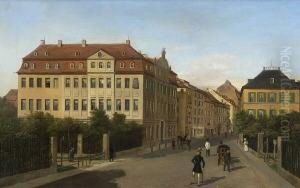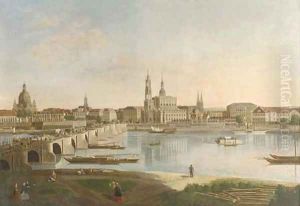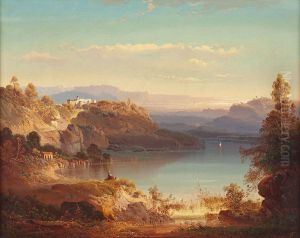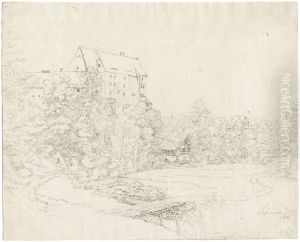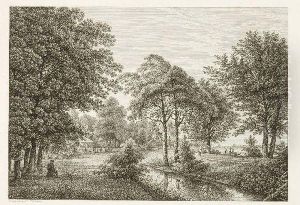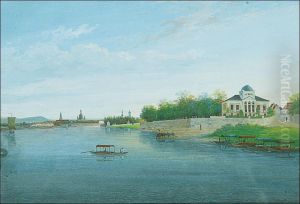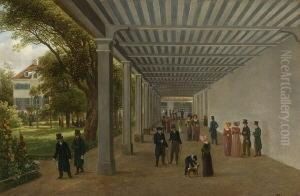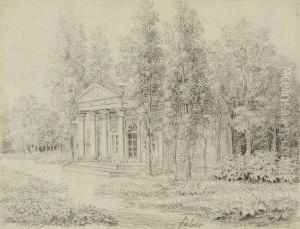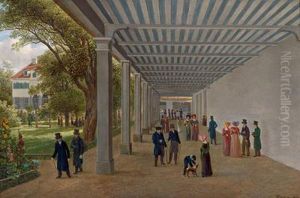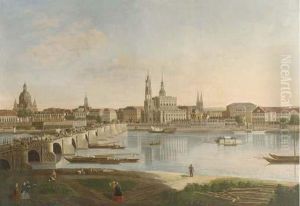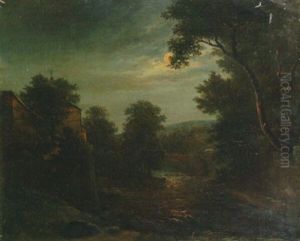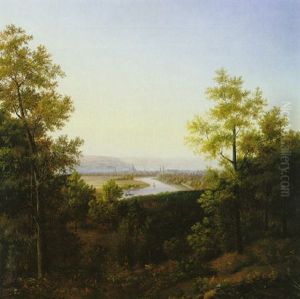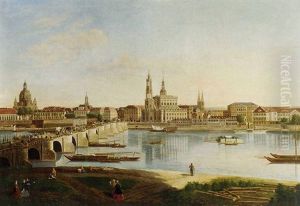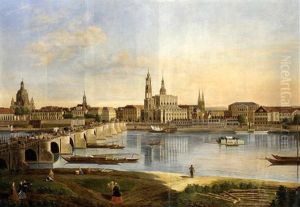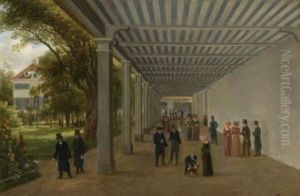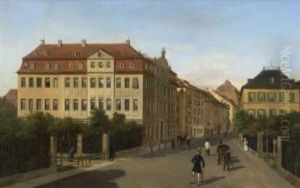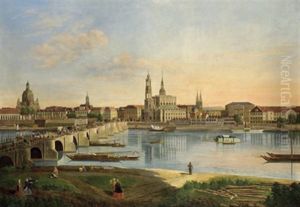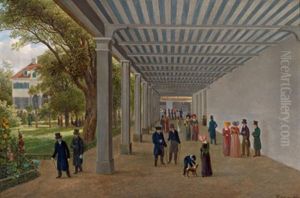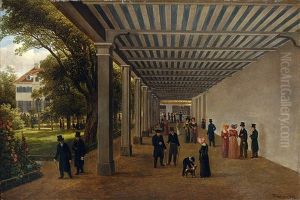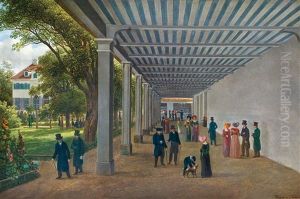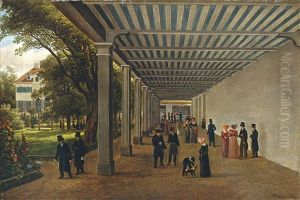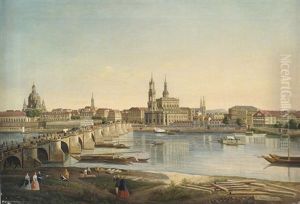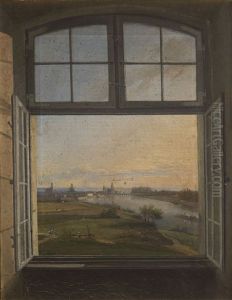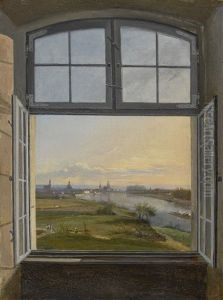Karl Gottfried Traugott Faber Paintings
Karl Gottfried Traugott Faber was a German painter and printmaker who was born on October 4, 1777, in Steinbach-Hallenberg, Thuringia. He was primarily known for his landscapes, which often featured idyllic and pastoral scenes representative of the German countryside. Faber's works reflect the influence of Romanticism, a movement that was prevalent during the late 18th and early 19th centuries which emphasized emotion, nature, and individualism.
Faber received his artistic training at the Academy of Fine Arts in Dresden, a city that was a cultural hub in Germany at the time. Here, he was exposed to the works of other Romantic artists, and these influences would play a significant role in shaping his artistic style. After completing his studies, Faber spent much of his life working in Dresden, becoming an integral part of the local art scene.
Throughout his career, Faber exhibited his works at various art shows and gained a reputation for his detailed and atmospheric landscapes. His paintings often captured the subtle interplay of light and shadow, and he had a particular talent for depicting the changing seasons and times of day in his landscapes. This sensitivity to the natural world was characteristic of the Romantic movement, which sought to transcend the troubles of the human condition by focusing on the beauty and power of nature.
Despite his contributions to the Romantic movement in Germany, Faber did not gain the same level of fame as some of his contemporaries, such as Caspar David Friedrich. Nevertheless, his work was appreciated for its technical skill and evocative portrayal of the German landscape. Today, his paintings can be found in various museums and collections, and they continue to be studied for their contribution to the German Romantic tradition.
Karl Gottfried Traugott Faber passed away on March 21, 1853, in Dresden. His legacy lives on through his landscapes, which remain a testament to the artist's passion for nature and his skill in capturing its essence on canvas. Though not as widely known as some of his peers, Faber's work is still celebrated by art historians and enthusiasts who value the Romantic period and its emphasis on the sublime aspects of the natural world.
